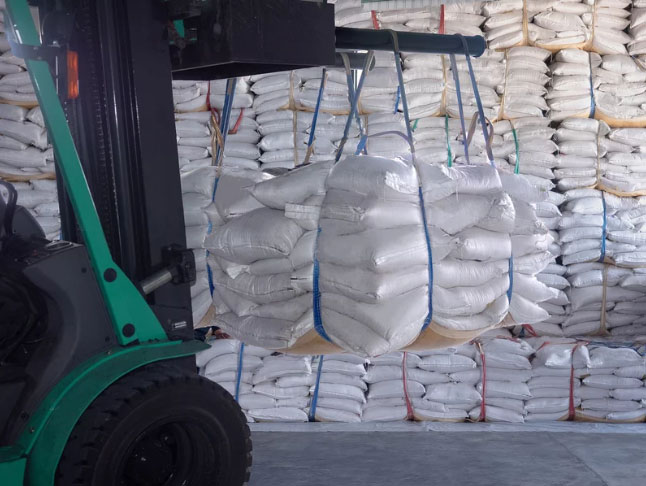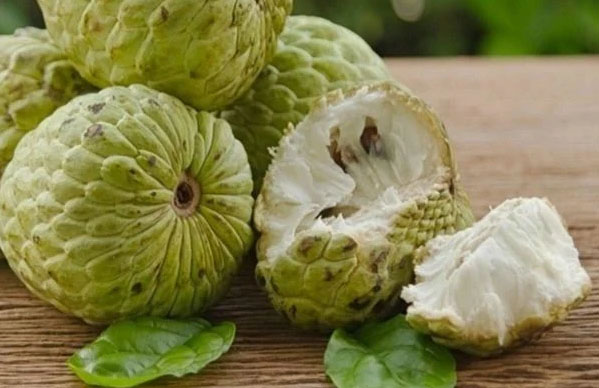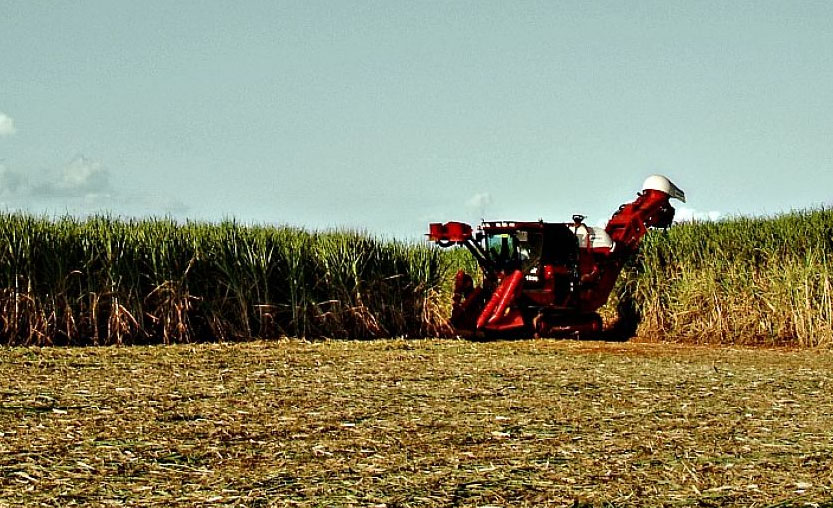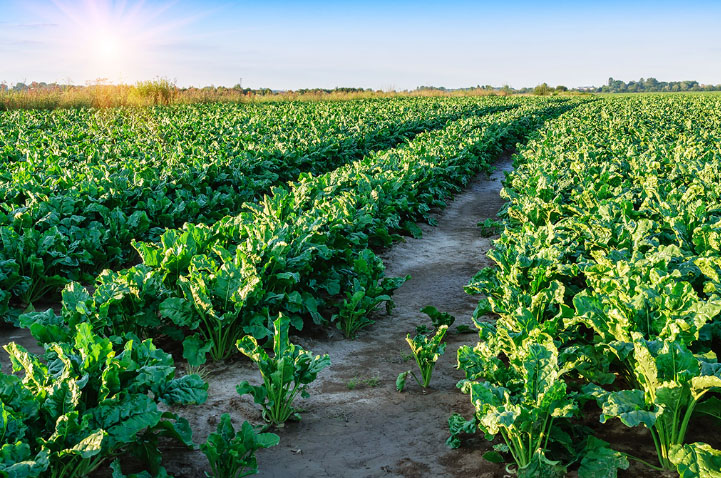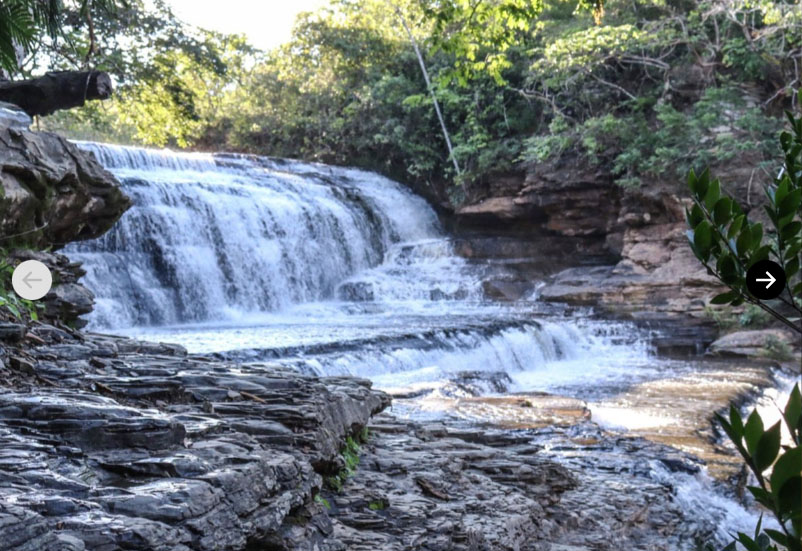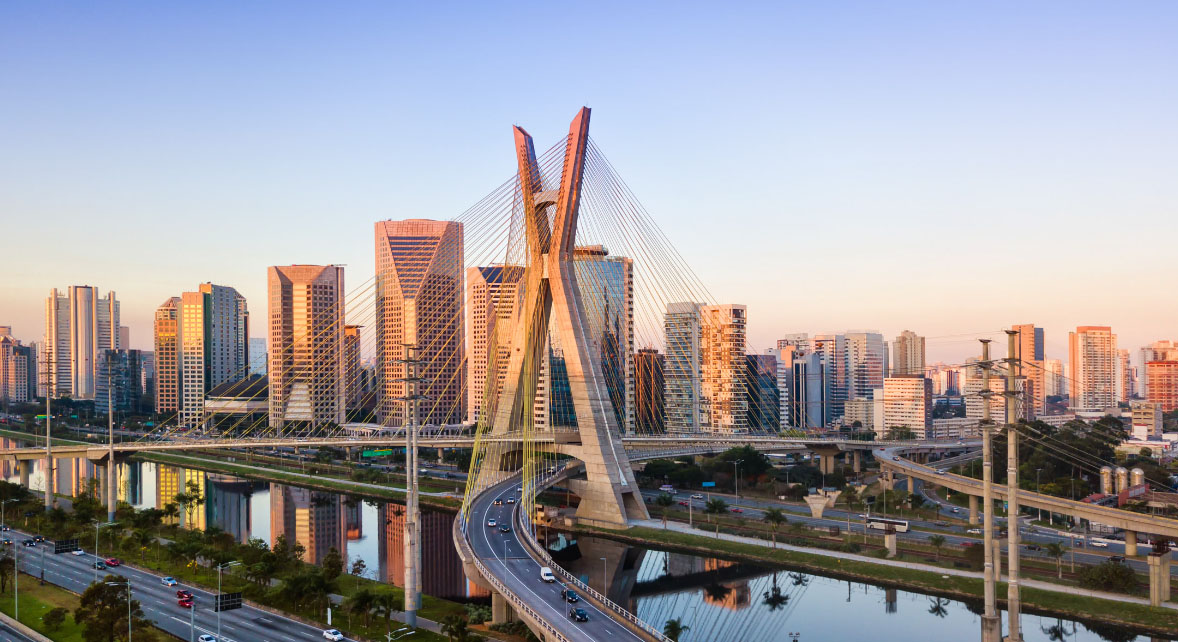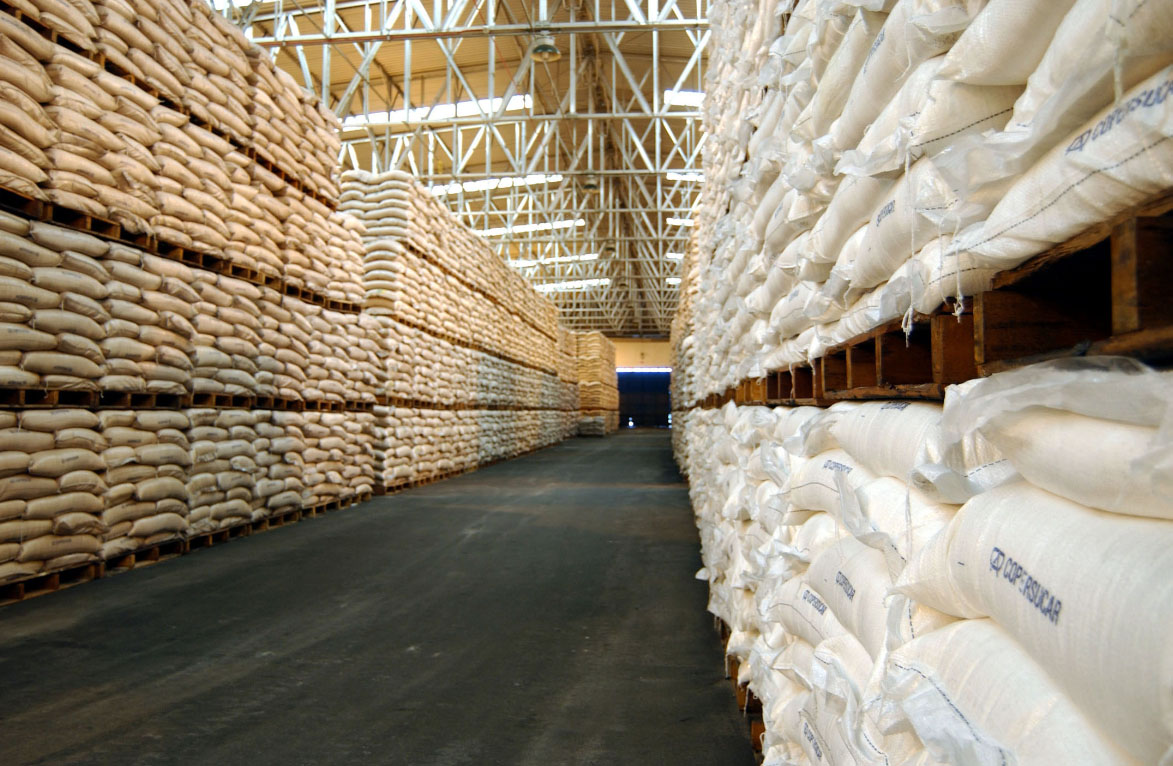Brazil’s
vast and fertile landscapes have long been synonymous with the production of
sugar. Behind the scenes of sugarcane fields, there exists a world of
innovation and precision where this humble crop is transformed into the sweet
delights that we all love. In this blog post, we’ll embark on a journey into
the heart of sugar factories in Brazil, unraveling their history,
state-of-the-art processes, and the pivotal role they play in producing the
nation’s sweet treasures.
Historical
Roots
Colonial
Beginnings: The history of sugar factories in Brazil dates back to the colonial
era when the Portuguese introduced sugarcane to the region. The demand for sugar
led to the establishment of the first sugar mills.
Economic
Backbone: Sugar production became a cornerstone of Brazil’s economy. It powered
trade and played a significant role in shaping the country’s history.
The Modern
Sugar Factory
Sugarcane
Harvest: The journey begins in the expansive sugarcane fields. Modern
technology, including mechanical harvesters, ensures an efficient and timely
harvest.
Crushing
and Extraction: Once harvested, the sugarcane is transported to the sugar
factory, where it undergoes crushing and extraction processes. Juice is
separated from the fibrous material, which is then used for various purposes.
Sugar
Refining: The extracted juice undergoes a series of refining steps to produce
different types of sugar, including white, brown, and specialty sugars. Each
requires meticulous processing to achieve its distinct characteristics.
Innovation
and Sustainability
Efficient
Machinery: Sugar factories in Brazil are equipped with state-of-the-art
machinery to ensure the efficient production of sugar and other
sugarcane-derived products.
Energy
Generation: Many sugar factories utilize sugarcane waste, known as bagasse, to
generate energy. This not only powers the factory but often results in surplus
electricity that can be fed into the grid or used to produce ethanol.
Water
Management: Responsible water management is integral to sustainable sugar
production. Sugar factories implement water-saving technologies and practices
to reduce their environmental impact.
Sweet Treasures
of Brazil
A Range of
Products: Beyond sugar, Brazil’s sugar factories produce various products,
including molasses, ethanol, and sugarcane-based spirits like cachaça.
Confectionery:
The sugar from these factories finds its way into Brazil’s iconic
confectionery, including sweets, desserts, and the famous brigadeiro.
A Sweet
Future
Sustainability
Commitment: Brazil’s sugar factories are at the forefront of sustainable and
environmentally responsible practices. They play a pivotal role in supporting
the nation’s renewable energy sector.
Global
Impact: As the world turns its attention to sustainable agriculture and
renewable energy solutions, Brazil’s sugar factories are poised to make a
significant global impact.
Conclusion
Sugar
factories in Brazil are the unsung heroes behind the nation’s sweet success.
Their journey from sugarcane fields to producing a diverse range of sweet
products is a testament to human innovation and the enduring legacy of
sugarcane. As Brazil continues to champion sustainability and eco-friendly
practices, these factories are at the forefront of a promising, sweet future
that extends far beyond the borders of Brazil.

